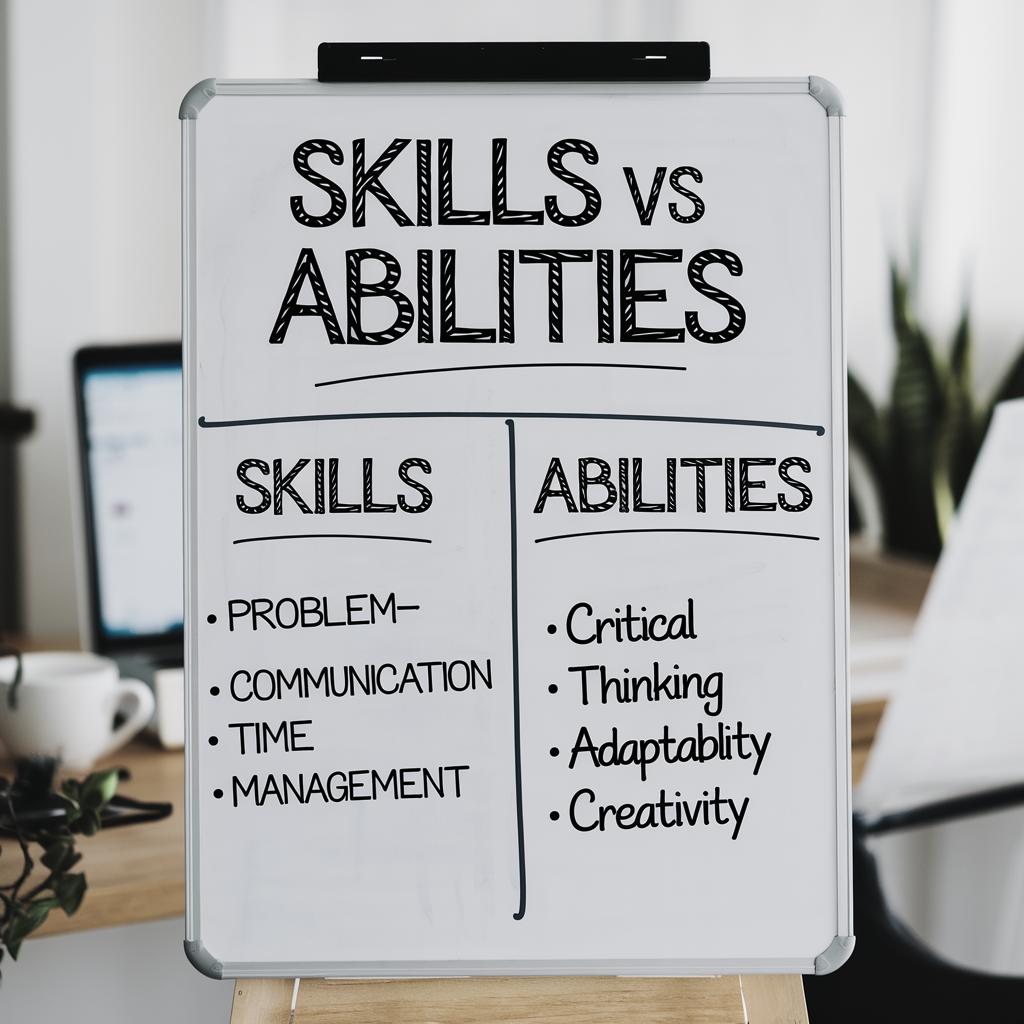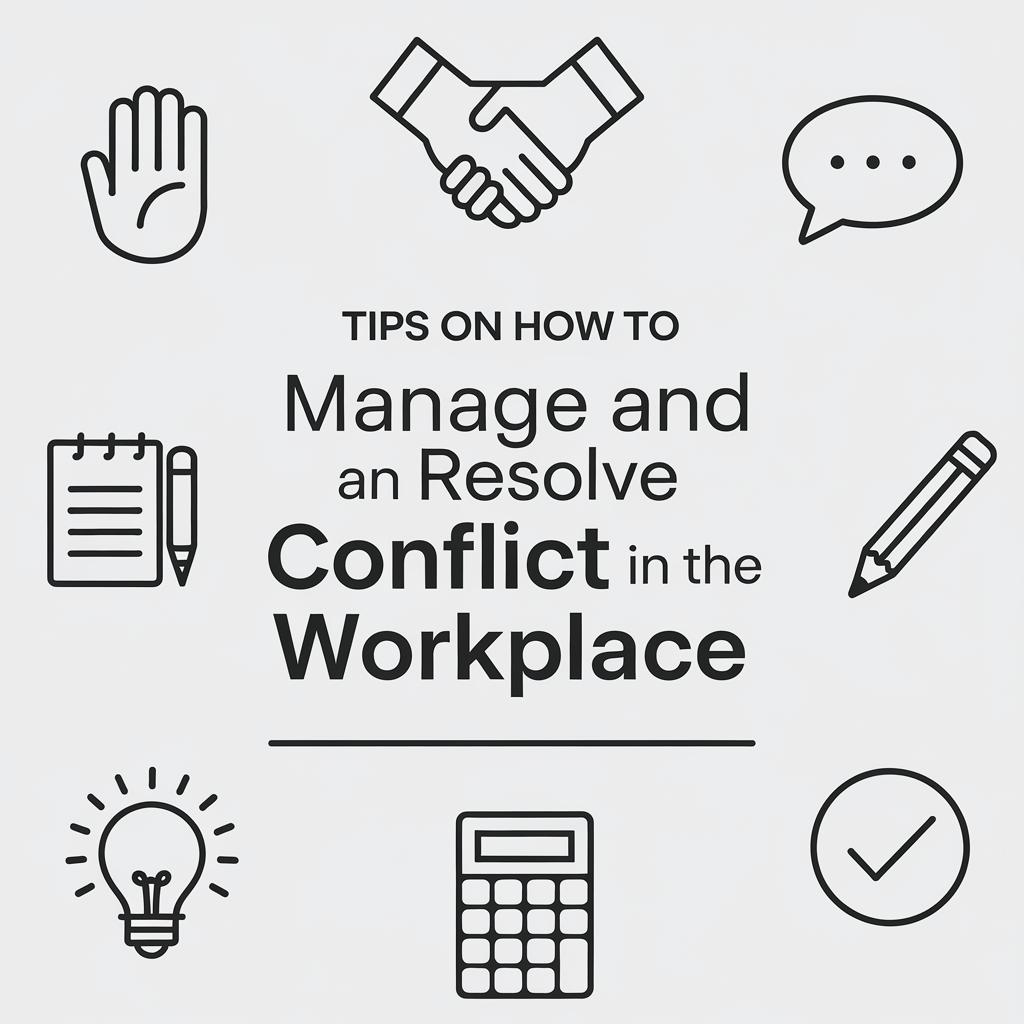Skills vs Abilities in the Workplace
In the dynamic landscape of modern workplaces, understanding the distinction between skills and abilities is crucial for both employers and employees. Skills and abilities are integral to job performance, yet they are often misunderstood or used interchangeably. This blog post aims to clarify these concepts by defining them, providing examples, and exploring their implications for hiring and workforce development. Examining the nuances between what we can learn—our skills—and intrinsic qualities we naturally possess—our abilities—can empower managers to make informed decisions in talent acquisition and team management. Furthermore, this exploration offers a perspective on the need for assessments, such as those provided by Thomas, to evaluate these attributes effectively.
Why Employers Must Understand the Difference Between Skills and Abilities
In today’s competitive job market, employers must navigate the complexities of identifying the right talent to fit their organizational needs. Understanding the difference between skills and abilities is pivotal in this selection process. Skills are often a product of education, training, and experience, while abilities are innate attributes that aid in skill application. This differentiation helps employers recognize potential candidates who not only meet the basic requirements of a job but also excel in performance through their natural abilities.
Misunderstanding these concepts can lead to hiring mismatches, where employees may possess the necessary skills but lack the underlying abilities to adapt and thrive in a dynamic work environment. Thus, a clear recognition of both skills and abilities acts as a cornerstone in devising robust hiring and development strategies that can bring about not just performance but also innovation and leadership growth within an organization.
What are Skills?
Skills refer to the learned capacities to perform tasks and processes. They are acquired through training, education, or experience, which means they can be taught and improved upon over time. Skills encompass a wide array of capabilities that range from technical proficiencies to soft skills such as communication and teamwork. They are often specific to certain jobs or industries, making them essential for fulfilling particular workplace roles.
In professional settings, skills are typically categorized into hard and soft skills. Hard skills are specific, teachable abilities or knowledge sets, such as computer programming, foreign language proficiency, or machine operation. Soft skills, on the other hand, relate to interpersonal and intrapersonal attributes like time management, empathy, and conflict resolution. Both types of skills are crucial in navigating the demands of the modern workplace and achieving professional success.
Skills Examples
Examples of hard skills include proficiency in software programs like Microsoft Excel or Adobe Creative Suite, technical writing, data analysis, and accounting practices. These skills often require specific educational backgrounds or training programs to master and are crucial for performing specific job duties effectively.
Soft skills, meanwhile, might include effective communication, adaptability, problem-solving, leadership, and teamwork. These are often refined through life experiences, mentorship, and workplace interactions. Despite the challenge in quantifying soft skills, they remain highly valued by employers for fostering a collaborative and productive work environment.
What are Abilities?
Abilities denote the natural talents or aptitudes inherent to an individual. They are often seen as the raw potential an individual possesses, which can be honed into specific skills. Unlike skills, abilities are not always learned or taught, but rather are seen as innate capacities that influence how we learn new skills or perform specific tasks.
In the workplace, understanding an employee’s abilities allows employers to position them in roles where they can naturally excel and contribute to the organization’s success. Abilities convey how well an individual can adapt and overcome challenges in varying contexts, which is crucial for long-term growth and adaptability within a company.
Examples of Ability
Examples of abilities include cognitive capabilities like memory, spatial awareness, and logical reasoning, as well as physical abilities such as dexterity, coordination, and stamina. People with high verbal ability, for example, might excel in roles that require effective communication and comprehension, whereas those with high analytical ability might thrive in data-driven environments.
Other examples include creativity, which is the ability to think outside the box and generate innovative solutions; and emotional intelligence, which allows individuals to understand and manage their emotions effectively while interacting with others. Recognizing and leveraging such abilities can be a differentiator in achieving personal satisfaction and organizational success.
Skills vs Abilities
Understanding the differences between skills and abilities helps in better role placement and development planning within the workplace. While skills can be acquired and measured, abilities are often inherent and provide the foundation upon which skills can be built and expanded. Acknowledging this relationship can help employers tailor their training and development programs to harness employee potential more effectively.
Skills and abilities together create a comprehensive framework for job performance. While skills equip employees with the tools necessary to execute tasks, abilities allow them to apply those skills creatively and resourcefully. This synergy can lead to enhanced innovation, efficiency, and adaptability, benefiting both the employee and the organization.
Assess Skills and Abilities with Thomas
In aiming to harness the full potential of a workforce, utilizing assessment tools like those provided by Thomas can be advantageous in identifying and nurturing the skills and abilities that employees bring to their roles. Thomas offers scientifically designed assessments that focus on understanding an individual’s work style, behavior, and cognitive abilities, which inform better hiring and development decisions.
Implementing these assessments allows organizations to tailor their employee development programs, ensuring alignment with both the company’s strategic goals and the employees’ intrinsic strengths. As a result, businesses can drive higher performance, job satisfaction, and retention rates, further solidifying their competitive edge in the marketplace.
Lessons Learned
| Concept | Description | Examples |
|---|---|---|
| Skills | Learned capacities to perform tasks, acquired through training and experience. | Technical writing, data analysis, communication. |
| Abilities | Innate talents or aptitudes, providing the foundation for skill development. | Logical reasoning, creativity, emotional intelligence. |
| Assessment Importance | Tools like Thomas assessments help in understanding employees’ skills and abilities. | Behavioral insights, cognitive ability tests. |


